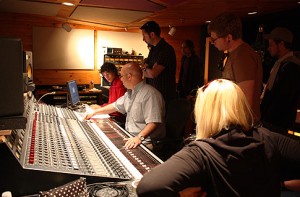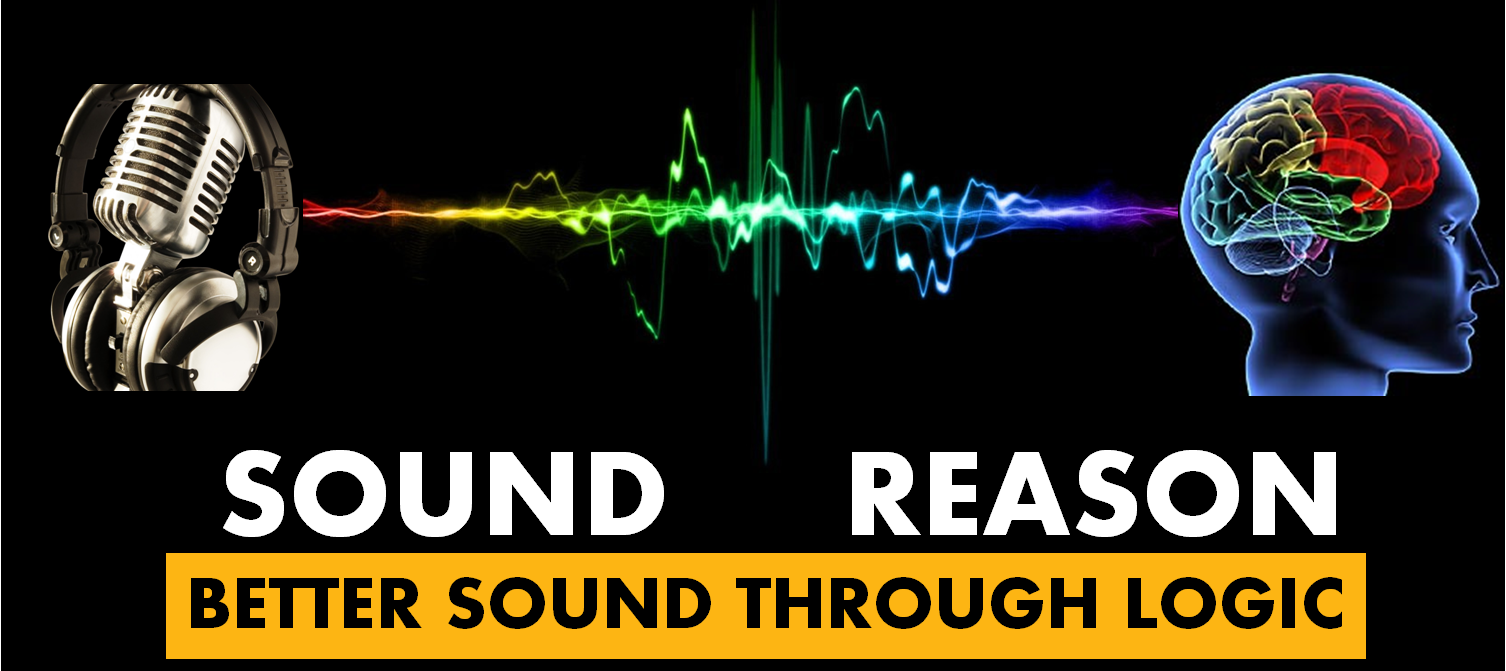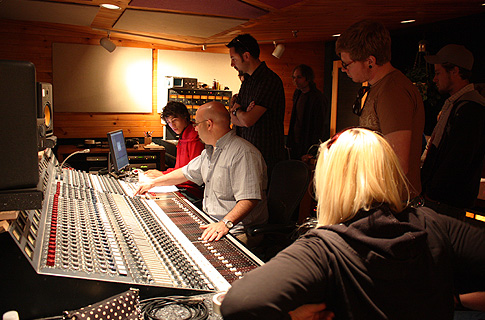 Music is part of the general human condition. It is everywhere in the world and has been throughout history. It will continue to be a part of human life for as long as there are humans to make it. Music is a way that we have expressed ourselves, shared information and mutual emotions as a part of that experience. Yet, in the modern world music has become much more personal and subjective. We each prefer certain musical styles, artists, or themes, but the fact remains that music hits deep in each one of us. The part that might escape your average listener, though, is that from the perspective of those producing the recorded music we all listen to, they are after a completely unified and objective experience.
Music is part of the general human condition. It is everywhere in the world and has been throughout history. It will continue to be a part of human life for as long as there are humans to make it. Music is a way that we have expressed ourselves, shared information and mutual emotions as a part of that experience. Yet, in the modern world music has become much more personal and subjective. We each prefer certain musical styles, artists, or themes, but the fact remains that music hits deep in each one of us. The part that might escape your average listener, though, is that from the perspective of those producing the recorded music we all listen to, they are after a completely unified and objective experience.
For many of the high profile new albums you hear, hundreds or potentially thousands of hours have been invested in making sure that each meticulous detail has been crafted to create a listening experience that the artists, producers, and label want for each song. In many cases, each instrument is recorded separately in a way that allows them to isolate every hit, strum, and pluck and construct only the sounds that they want you to hear. The instruments are recorded in spaces that either allow the artist and producer to track the recording in such a way that they can build and place the instruments in any environment they want during the mixing phase, or one that reflects the area where they want the song to take place. For something so subjective a lot of science and engineering goes into planning how each song will ultimately play out.
Looking at the statistics for a hit song, millions of digital copies will be downloaded. Those digital copies are exactly that – copies. They contain the same data (1’s and 0’s) that allow the music to play on all our phones, tablets, and computers in the exact same way. There is nothing subjective about a recorded song in and of itself. Each person that hears the track will hear the exact same thing every single time it’s played. What makes a song a subjective experience isn’t the song itself, but rather the mental, emotional, and physical environment each listener is in when the song is heard.
 Let’s look at this hypothetical song from a different perspective by thinking about what it would be like to hear the song performed live. How does the song strike you in this environment? Let’s take a look at the very different ways that a listening experience could potentially change in the live performance world. Are you listening to the song in a large or small venue? The intimacy of a small venue can impact more than just the volume of the music, but also in how the performers reach out to interact with the audience. Is it an indoor or outdoor performance? The acoustics of the environment will already alter drastically from indoor venue to indoor venue, but if you’re listening to the music in an open air space that alters it even more. Where are you in the space? Are you at the front of the crowd feeling the lead singer’s sweat drip down as you reach out for that fleeting moment of contact with fame? Perhaps you are more inclined to hang towards the back or side trying to take in the whole stage experience? There is an energy exuded from the performers and if that doesn’t permeate through the crowd your experience can be altered. How is the crowd that night? Is it full of people who came to listen to the show intently? Is it a group that is there as a status symbol to say they were there? Are they drunk or high? Is it communal and welcoming or overcrowded and uncomfortable? All of these things are going to alter an individual’s perception of the experience at a live performance. All of those questions are just a handful of the potential physical aspects that can affect the subjective nature of a live listening experience without taking into account what the mental and emotional state each audience member is when they arrived at the performance.
Let’s look at this hypothetical song from a different perspective by thinking about what it would be like to hear the song performed live. How does the song strike you in this environment? Let’s take a look at the very different ways that a listening experience could potentially change in the live performance world. Are you listening to the song in a large or small venue? The intimacy of a small venue can impact more than just the volume of the music, but also in how the performers reach out to interact with the audience. Is it an indoor or outdoor performance? The acoustics of the environment will already alter drastically from indoor venue to indoor venue, but if you’re listening to the music in an open air space that alters it even more. Where are you in the space? Are you at the front of the crowd feeling the lead singer’s sweat drip down as you reach out for that fleeting moment of contact with fame? Perhaps you are more inclined to hang towards the back or side trying to take in the whole stage experience? There is an energy exuded from the performers and if that doesn’t permeate through the crowd your experience can be altered. How is the crowd that night? Is it full of people who came to listen to the show intently? Is it a group that is there as a status symbol to say they were there? Are they drunk or high? Is it communal and welcoming or overcrowded and uncomfortable? All of these things are going to alter an individual’s perception of the experience at a live performance. All of those questions are just a handful of the potential physical aspects that can affect the subjective nature of a live listening experience without taking into account what the mental and emotional state each audience member is when they arrived at the performance.
Listening to music performed live is nothing but a completely subjective experience because it can be different for every single person at the event. But the music that reaches you through your ear buds is purely objective. The physical variation in sound waves received by each person will be solely based on their quality of listening device and any hearing loss they may have. The intended tones will be identical from music player to music player.
What makes a recorded listening experience subjective is the listener. What kind of mood are you in and what kind of music are you looking for at that moment in time? Did you go through a rough patch and you want something to relate to or do you want something to cheer you up? Are you celebrating something with friends? Are you trying to set just the right mood for an evening alone with that special someone? We use music to create the environment around us based on what we want it to be, but the recorded music will always be objective based on what the artists and producers wanted us to hear.
 For those songwriters, producers, and musicians out there that are thinking about each of your songs as you process this, know that when you’re performing the song live you will lose control of that environment and be subject to whatever your audience is going through. You can expel as much energy and effort as you like to try and create the environment, but some nights those audiences just cannot be won over. Alternately, if there is something that you want to convey in a very particular and meticulous way, know that can be done when you record it. Once recorded, mixed, mastered, and released, it will be yours and the way you want it to be forever more. After that it will be in the hands of
For those songwriters, producers, and musicians out there that are thinking about each of your songs as you process this, know that when you’re performing the song live you will lose control of that environment and be subject to whatever your audience is going through. You can expel as much energy and effort as you like to try and create the environment, but some nights those audiences just cannot be won over. Alternately, if there is something that you want to convey in a very particular and meticulous way, know that can be done when you record it. Once recorded, mixed, mastered, and released, it will be yours and the way you want it to be forever more. After that it will be in the hands of






